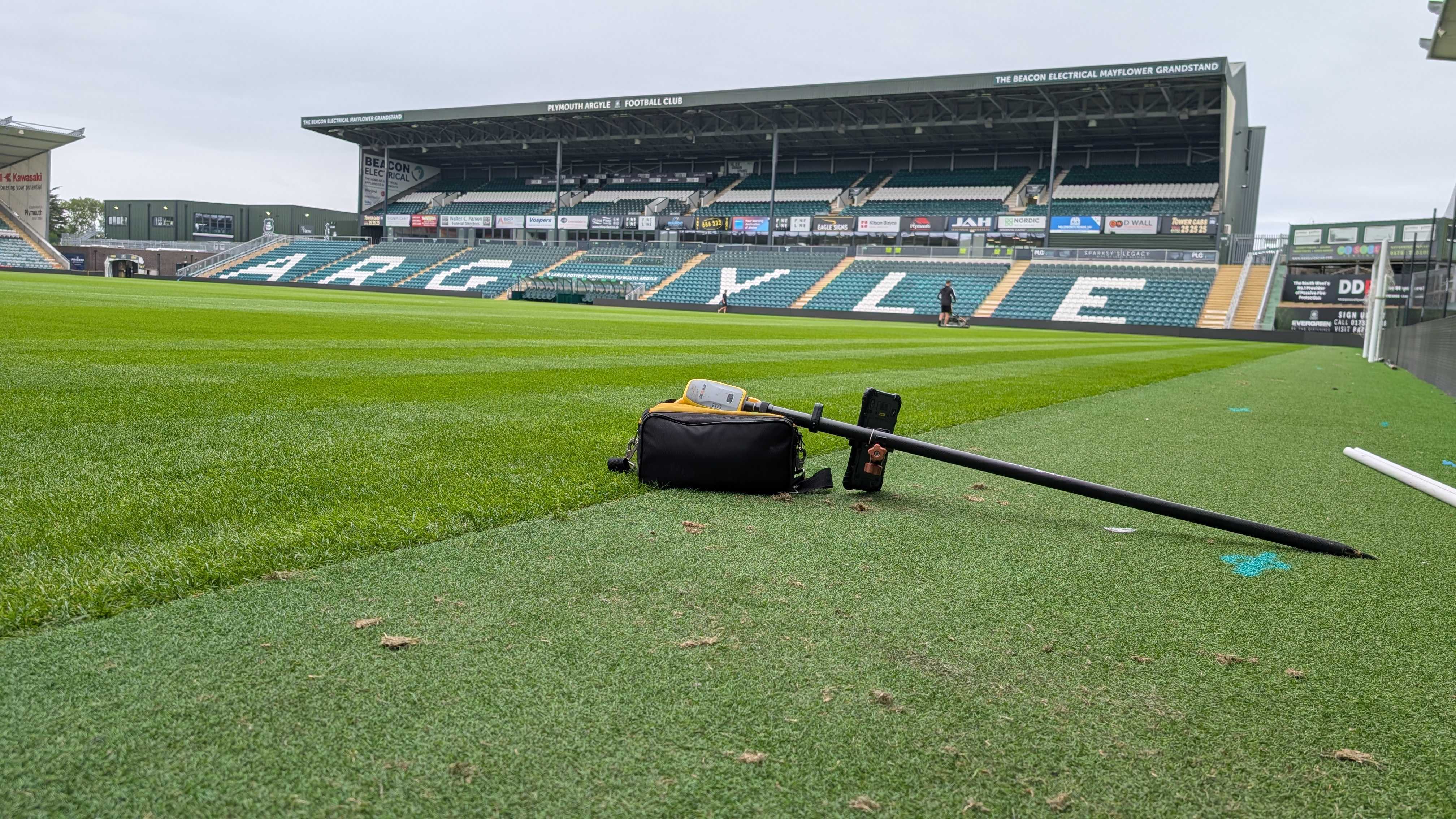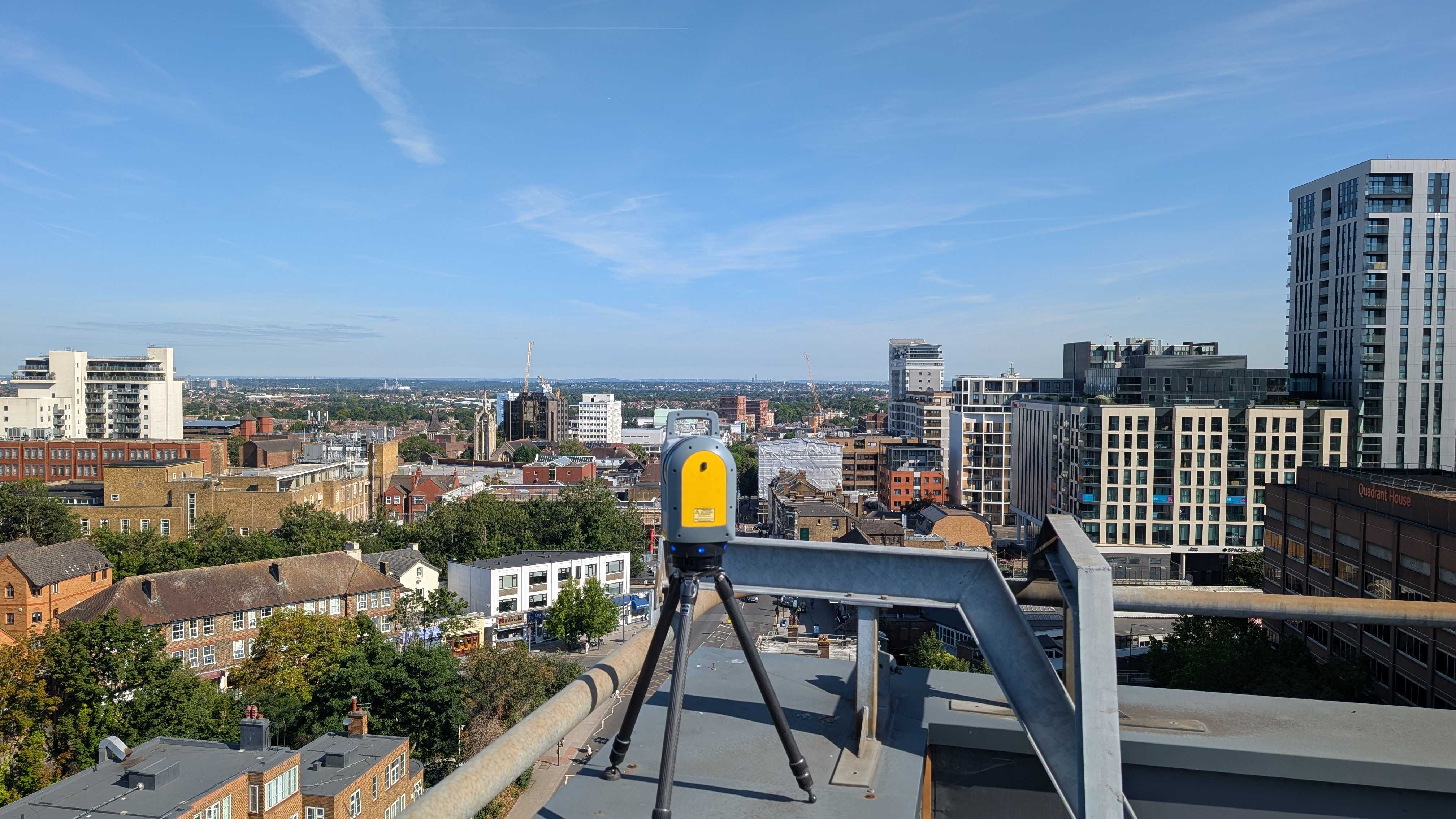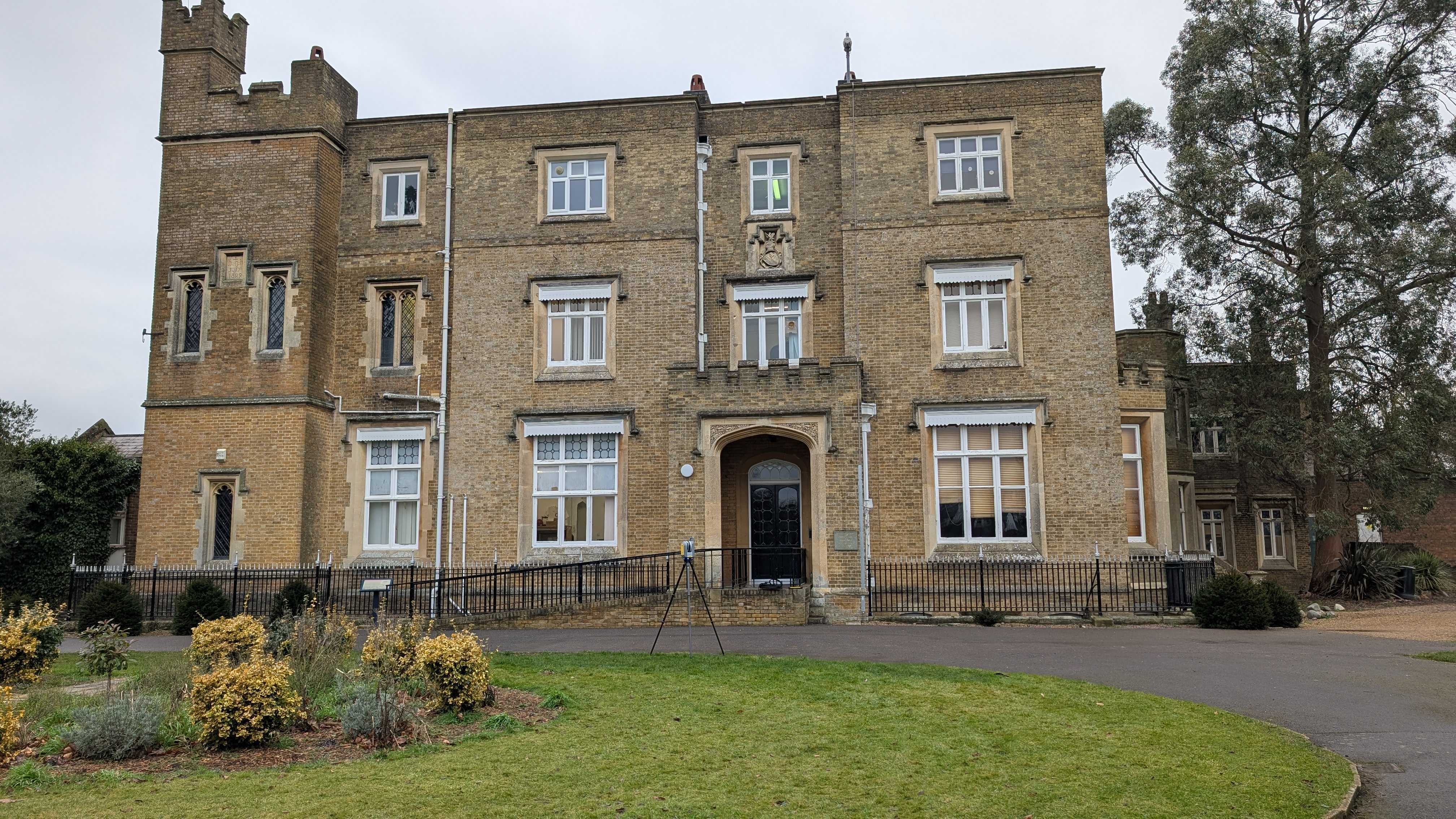Why Environmental Monitoring Can’t Be Ignored
As urban development grows more complex, project teams face rising pressure to ensure that structures are not only built correctly, but also operate safely within their surroundings. That's where monitoring comes in.
But not all monitoring is the same.
While some teams focus solely on detecting cracks or shifts in a structure, others zero in on external risks like noise pollution or excessive dust. Both are important, but understanding the difference—and knowing when you need both—is what separates a reactive project from a proactive one.
In this blog, we break down the key differences between structural and environmental monitoring, explore how they complement each other, and show you when both are essential to protect your project, satisfy compliance demands, and maintain trust with stakeholders.
Structural Monitoring – What It Is and What It Tracks
Structural monitoring is all about understanding how a building or infrastructure behaves over time.
It involves the continuous or periodic measurement of movement, deformation, and other physical changes in structures, often during construction or in their ongoing use.
At its core, structural monitoring answers one vital question: Is the structure staying put, or is it moving in a way that could compromise safety?
What Does It Track?
Structural monitoring typically measures:
- Vertical movement (settlement or heave) – to detect subsidence or ground shifts beneath a structure.
- Horizontal displacement – to identify lateral movement that could signal instability.
- Cracks and structural distortion – such as widening cracks in walls or deflection in beams.
- Vibration and tilt – especially important for high-rise buildings, bridges, or structures close to excavation works.
These measurements are collected using advanced instruments like total stations, laser scanners, tilt sensors, and automated systems that can detect movement with precision down to ±1mm.
For project managers, developers, and engineers, this data provides early warning signs that something’s not right—before it becomes costly or dangerous. Knowing exactly how your structure is responding in real-time helps you:
- Minimise the risk of failure
- Make informed decisions quickly
- Protect adjacent assets and infrastructure
- Stay compliant with structural safety standards
In short, structural monitoring isn't just for ticking boxes—it's your first line of defence against expensive structural surprises.
Environmental Monitoring – What It Is and Why It Matters
Environmental monitoring focuses on the external conditions surrounding a construction site—specifically, how your site impacts the environment and nearby communities.
It ensures that construction activities stay within legal and safe limits for noise, dust, air quality, and vibration, all of which can affect public health, worker wellbeing, and surrounding infrastructure.
What Does It Track?
Environmental monitoring typically measures:
- Noise levels – to ensure compliance with local authority limits and protect public health.
- Dust and air quality – including particulate matter (PM10/PM2.5) that can harm respiratory health and trigger complaints.
- Vibration – particularly near sensitive structures, tunnels, or residential areas, to avoid damage or nuisance.
- Weather conditions – such as wind speed or humidity, which can influence pollution dispersion or dust suppression measures.
These data points are collected in real-time using smart sensors connected to cloud-based dashboards. Site managers and compliance teams can receive instant alerts if limits are breached—allowing for a quick response and a record of proactive management.
With increasing regulatory pressure under UK legislation like the Control of Pollution Act 1974, BS 5228, and Section 61 consents, environmental monitoring has become a legal and reputational necessity.
Benefits include:
- Avoiding fines and delays from regulatory breaches
- Maintaining strong relationships with the local community
- Demonstrating corporate responsibility and transparency
- Protecting workers and residents from harmful exposure
Environmental monitoring gives you the proof you need to show that your site is operating responsibly—and the tools to correct issues before they escalate.
Structural vs. Environmental Monitoring: What Sets Them Apart
When deciding whether your project needs structural monitoring, environmental monitoring, or both, it helps to understand how they differ in purpose, approach, and impact.
- Purpose and Focus
Structural Monitoring is focused on the built environment. It tracks the movement, settlement, or deformation of buildings, tunnels, bridges, and other infrastructure.
Environmental Monitoring focuses on the surrounding environment. It measures noise, vibration, air quality, and dust to minimise impact on people, wildlife, and neighbouring properties.
- What It Tracks
Structural Monitoring tracks movement in three dimensions (e.g., lateral, vertical, longitudinal), using tools like total stations, prisms, and sensors mounted on fixed points.
Environmental Monitoring captures ambient conditions such as decibel levels and vibration frequency via remote sensors and weather stations.
- Typical Use Cases
Structural Monitoring is essential during piling, excavation, tunnelling, heritage refurbishments, or construction close to existing buildings.
Environmental Monitoring is needed for projects near residential areas, schools, hospitals, protected areas, or in cities with strict planning conditions.
Together, they form a complete risk mitigation strategy—protecting not only the build, but your timeline, budget, and reputation.
When Monitoring Works Together: The Best of Both Worlds
In modern construction—especially in sensitive or high-risk environments—structural and environmental monitoring aren’t competing solutions. They’re complementary.
When used together, these two forms of monitoring:
- Offer a comprehensive risk profile for your project.
- Provide early warning systems that allow you to fix issues before they escalate.
- Deliver clear documentation for regulators, insurers, and stakeholders.
- Help maintain positive relationships with local authorities and the public.
By integrating structural and environmental monitoring into your project planning, you create a transparent, data-driven environment where decisions are informed, risks are managed, and disruptions are minimised.
Talk to us at Intersect Surveys today about how our structural and environmental monitoring services can work together to protect your project from start to finish.








